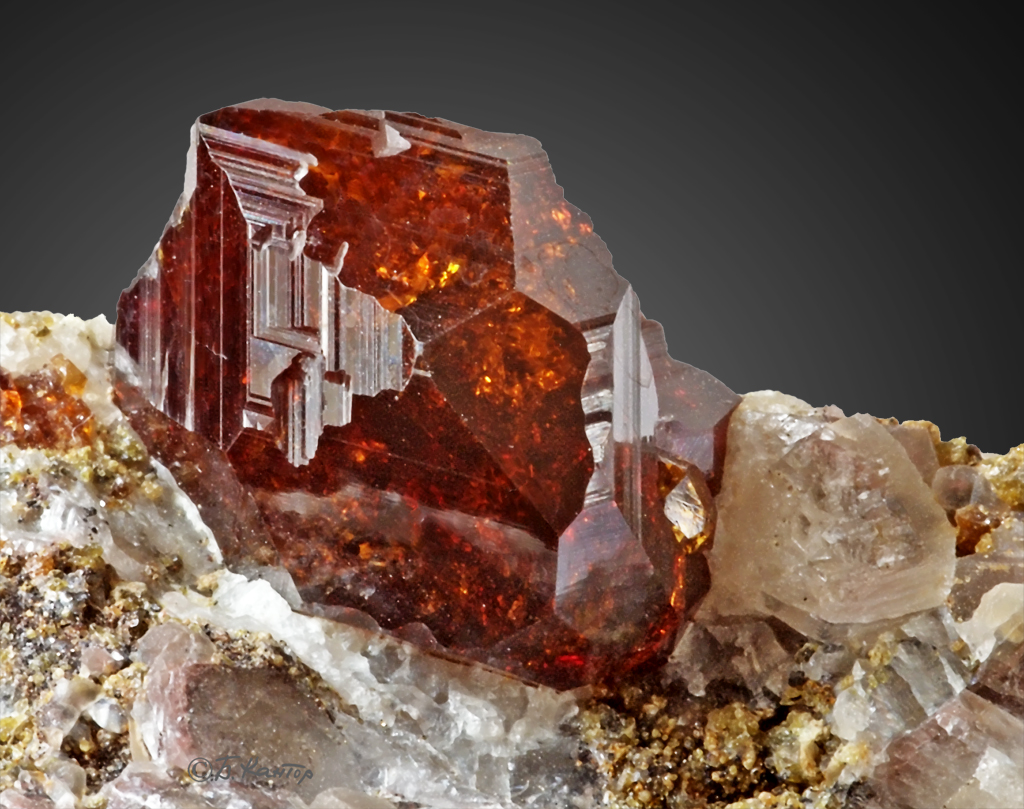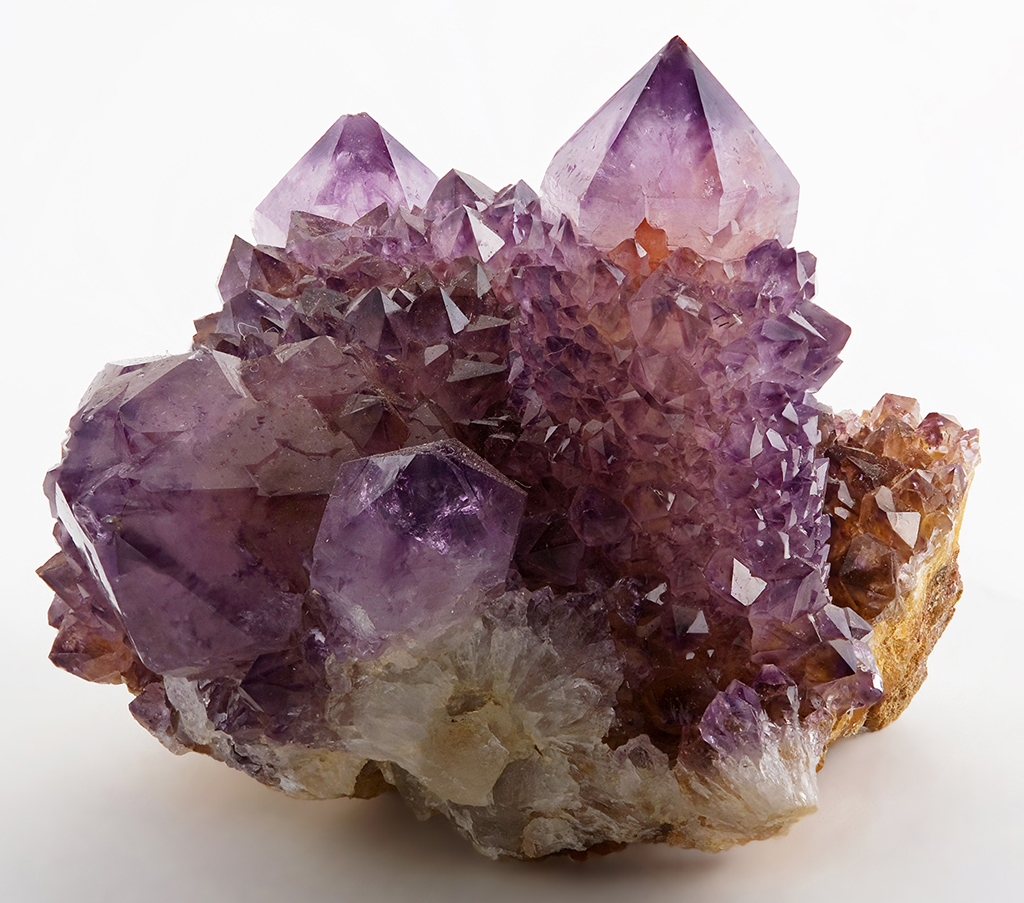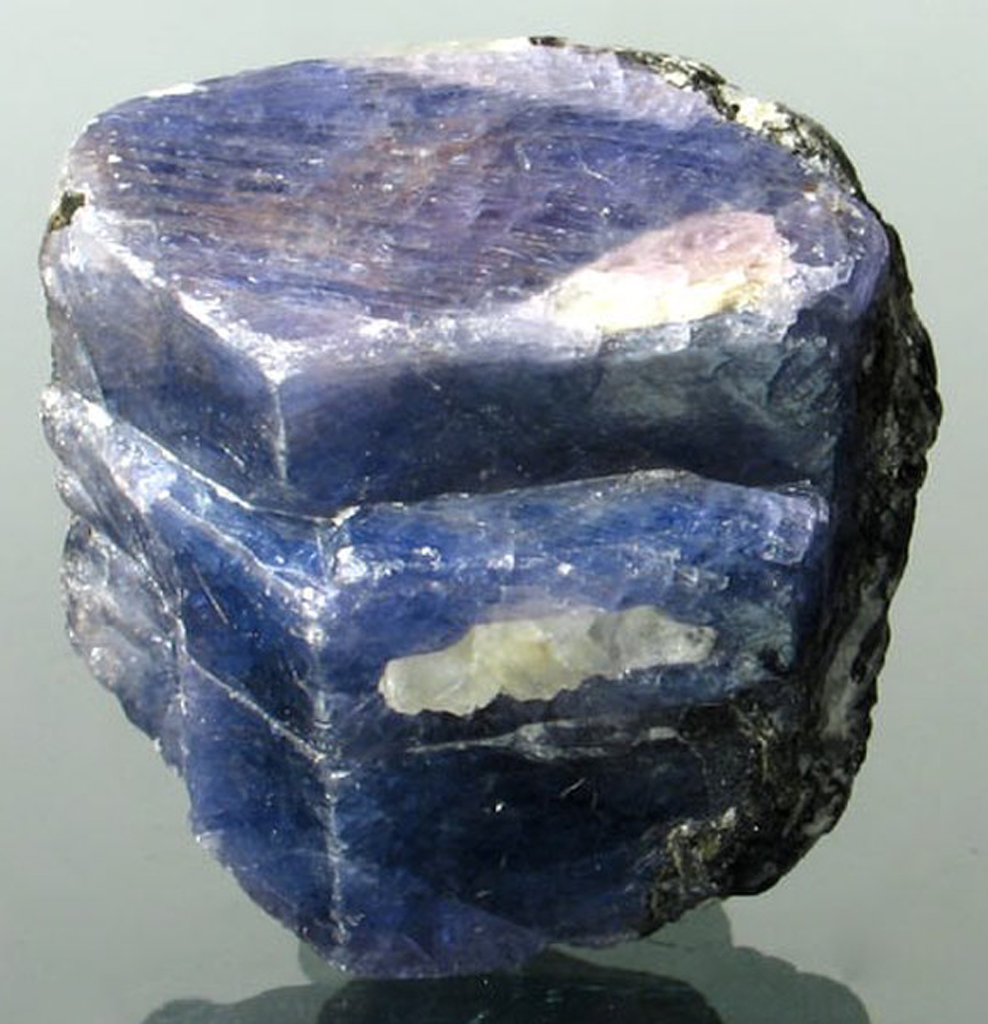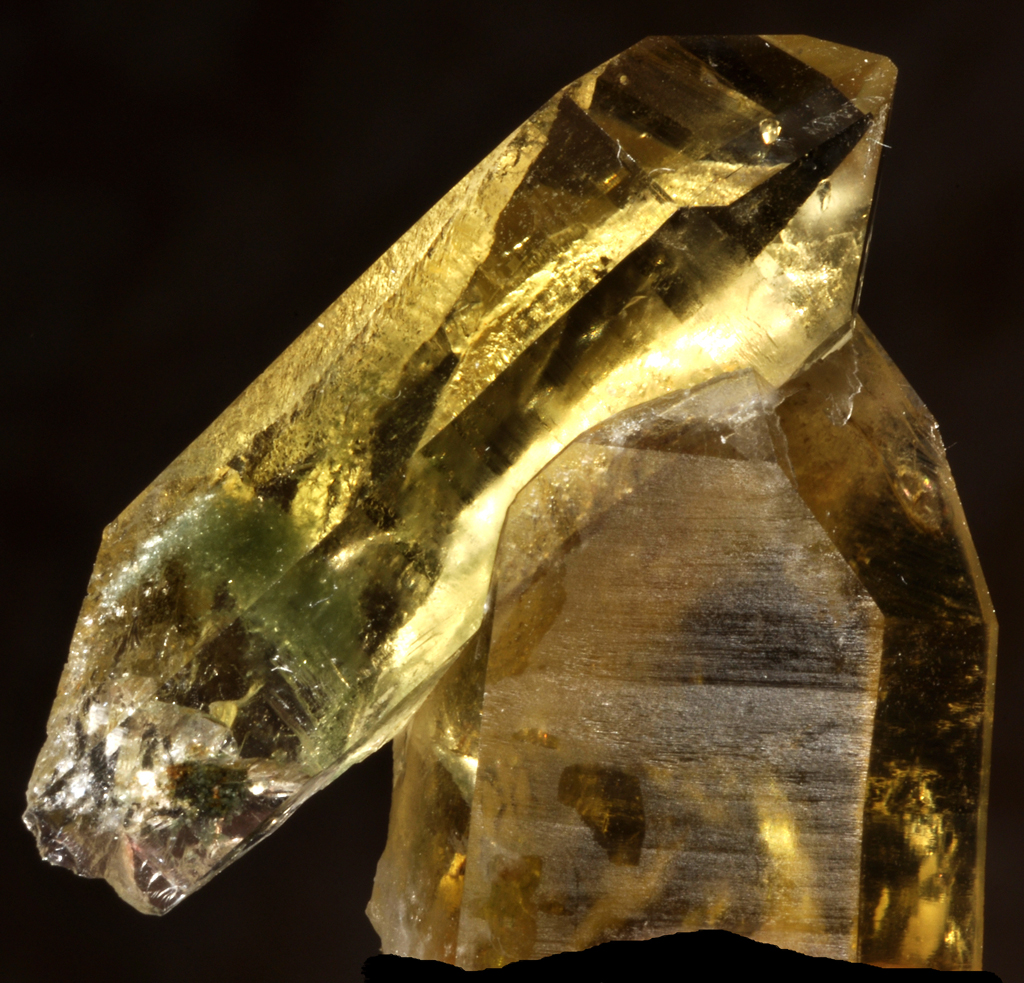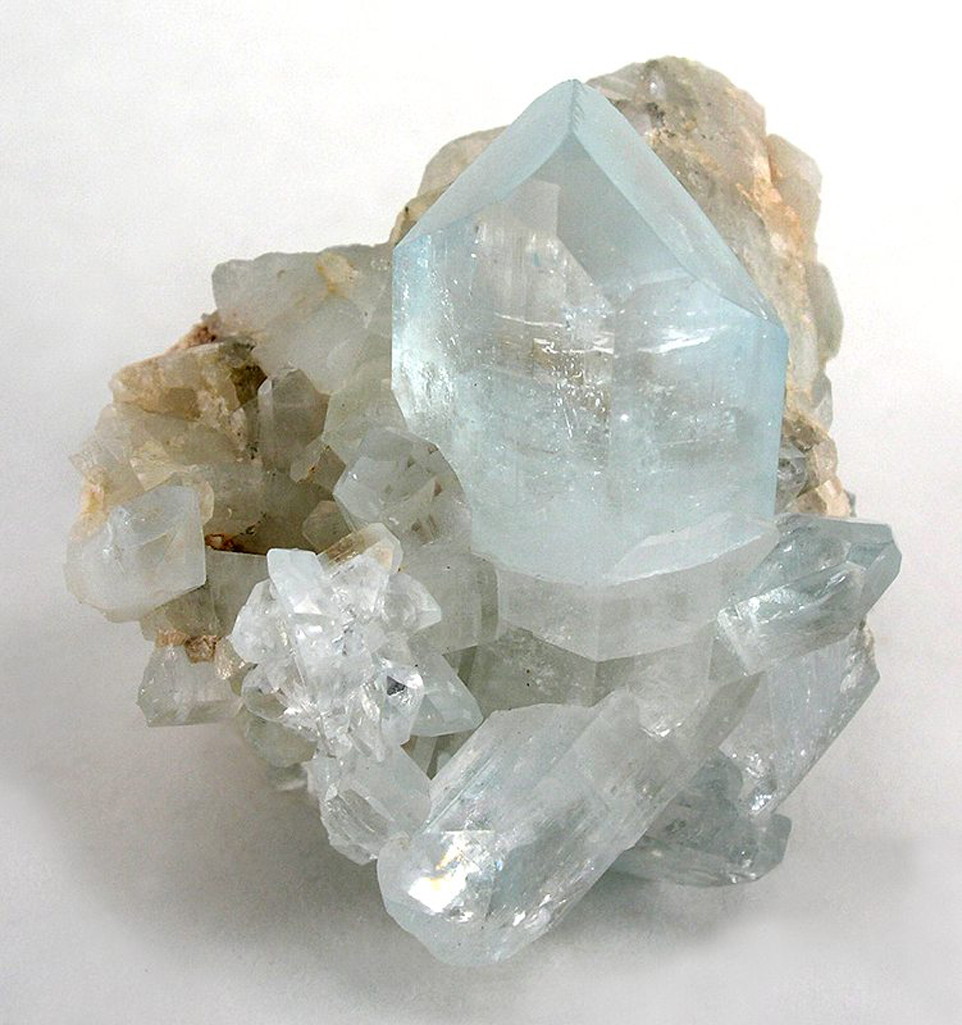- https://www.gemselect.com/other-info/birthstone-history.php#:~:text=The%20modern%20birthstone%20list%20has%20been%20unchanged%20since%201912.
- https://www.gia.edu/
- https://www.gemsociety.org/
- https://www.markschneiderdesign.com/blogs/jewelry-blog/the-history-of-garnet-gemstones#:~:text=Named%20from%20the%20Latin%20word,red%20seeds%20of%20a%20pomegranate.&text=Because%20of%20this%20ancient%20myth,promise%20of%20a%20safe%20return.
- https://ljdiamonds.ca/blogs/lucky-jewelry-blog/a-sobering-origin-story-an-examination-into-february-s-birthstone-the-amethyst
- https://estatesintime.com/2018/02/15/aquamarine/
- https://www.forbes.com/sites/davidbressan/2016/04/30/the-origin-of-geological-terms-diamonds/?sh=685e2d252ae4
- https://www.diamondrocks.co.uk/magazine/diamonds-greek-roman-mythology/
- https://www.capetowndiamondmuseum.org/blog/2013/10/diamond-myths-and-legends/
- https://www.theoi.com/Protogenos/Ouranos.html
- http://www.dianajewelers.com/articles/2014/05/01/the-emerald-the-jewel-of-the-ancient-world.html
- https://www.jewelsforme.com/alexandrite-meaning#:~:text=The%20name%20Alexandrite%20comes%20from,Alexander%20II%20of%20Russia%27s%20birthday.&text=Practically%20all%20of%20Russia%27s%20alexandrite%20was%20mined%20during%20the%2019th%20Century.
- https://www.huffingtonpost.co.uk/2014/08/14/ruby-the-meaning-origin-and-other-facts-about-the-name_n_7325948.html
- https://www.grantsjewelry.com/peridot-the-gem-of-the-sun/#:~:text=Ancient%20Egyptians%20called%20peridot%20the,also%20used%20for%20carved%20talismans.
- https://www.thenaturalsapphirecompany.com/blog/history-sapphires-literature#:~:text=Sapphires%20in%20Greek%20Mythology&text=Because%20of%20the%20blue%20appearance,protection%20from%20poisoning%20and%20envy.
- http://gemmecouture.com/tourmaline-history/#:~:text=The%20name%20tourmaline%20comes%20from,Sri%20Lanka%20at%20that%20time.
- https://elizabethsarahcollections.com/blogs/news/gemstone-of-the-week-citrine
- https://www.markschneiderdesign.com/blogs/jewelry-blog/the-history-of-citrine-gemstones
- https://www.fullersjewelry.com/blog/2013/Nov/13/citrine-history-behind-novembers-birthstone/#:~:text=The%20most%20likely%20origin%20of,jewelry%20for%20thousands%20of%20years.
- https://help.thediamondstore.co.uk/gemguides/blue-topaz/
- http://www.gemsbrokers.org/gemstone/gems_and_gemology/topaz_myths.htm
- https://www.withclarity.com/education/gemstone-education/topaz/history#:~:text=The%20History%20Behind%20London%20Blue,John%27s%20Island.
- https://sanskritstudies.org/agni-first-word-sanskrit-2
- https://sites.google.com/site/weddinganniversarygiftsbyyear/anniversary-stones
- Anniversary years listed above only represent traditional anniversary stones. Some of the stones also or only appear as alternatives for other years. To learn more, visit: https://sites.google.com/site/weddinganniversarygiftsbyyear/anniversary-stones.
- Pliny the Elder: a Roman philosopher who wrote Natural History, published in the first century AD.
- Topazios Island (now St. John’s Island or Zabargad) was an Egyptian island located in the Red Sea.
***
“Gemstones have a beauty unlike anything else because they allow light inside and refract it.”
– David Yurman
Scholars date the roots of the idea of a birthstone for each month of the year to the Breastplate of Aaron in the book of Exodus, which had 12 gemstones representing the twelve tribes of Israel. From there, the writings of Flavius Josephus (1st century AD) and St. Jerome (5th century AD) made the connection to the 12 zodiac signs. Leaping forward several centuries, Jewish gem traders of 18th century Poland created “traditional” birthstones. And finally, in 1912, the National Association of Jewelers (Jewelers of America, USA) defined what is now the “modern” list.
|
MONTH |
MODERN |
TRADITIONAL |
ANNIVERSARY1 |
|
January |
Garnet |
Garnet |
2nd |
|
February |
Amethyst |
Amethyst |
6th and 33rd |
|
March |
Aquamarine |
Bloodstone |
19th |
|
April |
Diamond |
Diamond |
10th, 60th, 75th, 85th, 90th, 95th |
|
May |
Emerald |
Emerald |
20th and 35th |
|
June |
Alexandrite |
Pearl |
55th |
|
July |
Ruby |
Ruby |
15th, 40th, 52nd |
|
August |
Peridot or Spinel |
Sardonyx |
P: 16th S: 22nd and 65th |
|
September |
Sapphire |
Sapphire |
5th, 45th and 70th |
|
October |
Tourmaline |
Opal |
8th, 28th and 38th |
|
November |
Golden Topaz or Citrine |
Topaz |
C: 13th |
|
December |
Blue Zircon, Blue Topaz or Tanzanite |
Turquoise or Lapis |
BT: 4th T: 24th |
But what of the names of the stones?
Some, such as amethyst and diamond, have long, rich histories dating back thousands of years. Others are more recently named, but no less interesting for all that.
Below is a list of the origin stories of the 12 modern birthstones. Where some months have multiple stones listed, only the one most common for that month was included in the list:
GARNET (January)
Derived from the Latin word “garanatus,” meaning “seed like,” garnet is said to resemble the pomegranate’s tiny red seeds, reflecting a prominent story within Greek mythology. After Hades (pronounced hei·deez) captured Persephone (pronounced pr·seh·fuh·nee) and brought her to the Underworld, he wanted to ensure her safe return, which he did by giving her pomegranate seeds.
AMETHYST (February)
Derived from the Greek word “amethustos,” meaning “not intoxicated,” and is most closely associated with the Roman god Bacchus. A story, or multiple versions of a story, is believed to have originated in the Renaissance by French poet Remy Belleau in 1576. According to one of the stories, Bacchus (pronounced ba·kuhs), infuriated he had received a slight, vowed to take revenge upon the next person he came in contact with. Amethyst, a young maiden, was the first to cross his path. He unleashed his vengeance, two guardian tigers, and as she ran for her life she prayed to the goddess Diana who turned her into a pure white, sparkling stone. Bacchus felt deep remorse and in an act of atonement he poured his wine over the stone, staining it a deep, rich purple.
AQUAMARINE (March)
Coined by Roman fishermen and derived from two Latin words=, “aqua” meaning “water” and “marina” meaning “of the sea,” which combined loosely translates to “seawater.” According to Pliny the Elder2, aquamarine is said to have fallen from a mermaid’s treasure chest. It became Neptune’s sacred jewel as it was believed to contain the powers of calming a stormy sea, as well as protecting seafarers who were in peril.
DIAMOND (April)
Derived from the Greek word “adamastos,” meaning both “diamond” and “adamant,” diamonds appear throughout Greek mythology. The most famous of these myths revolve around Ouranos (pronounced aw·raa·nowz), primordial god of the sky. He was tricked to earth, away from the center of his power, by his consort, Gaia (pronounced gai·uh), the earth mother, for consigning their eldest children to Tartarus (pronounced taar·tr·uhs). Gaia persuaded five of her Titan children to wait to aid her. Four waited at each of the four corners of the world to hold their father in place while the fifth, Kronos (pronounced k·r·OH·n·oh·s), castrated him with an adamantine (diamond) sickle.
EMERALD (May)
Derived from the Greek word “smaragdus,” meaning green, emeralds were first mined near Cairo. Nameless for centuries, they eventually were named in honor of Cleopatra, who adorned herself and her surroundings in them. In Ancient Greece, emeralds quickly became associated with the goddess of love, Aphrodite (pronounced a·fruh·dai·tee); as it was believed the stones would change colors if the person wearing them were unfaithful.
ALEXANDRITE (June)
First discovered in the emerald mines near the Tokovaya River (Ural Mountains, Russia) in 1830, Alexandrite was first assumed to be an emerald, until it reflected a brilliant red in the light of a campfire. It was named after heir apparent Alexander II, in part because of its red and green colors, which mirrored imperial Russia’s national military colors, but also because the discovery was made on Prince Alexander II’s birthday.
RUBY (July)
Derived from the Latin word “ruber,” which means “red,” was noted by Pliny the Elder2 for their density and hardness. Although it has many legends in the ancient world, it didn’t become popular until the 19th century in the late Victorian era. The trend at that time was to name baby girls after gemstones. Ruby became a favored choice as it was believed this “precious” name would bring prosperity and luck to the child.
PERIDOT (August – 1 of 2 stones)
Derived from the Arabic word “faridat,” which means “gem,” peridots were first mined on the Topazios Island3. The ancient Egyptians, who associated them with light, called them the “gem of the sun.” Normally formed deep within the earth and deposited on the surface by volcanos, the rarest of them fall to earth in meteorites. Often mistakenly classified, the 200-carat gems that adorn the Three Holy Kings shrine in the Cologne Cathedral (Germany) have been redesignated as peridots after centuries of believing them to be emeralds.
SAPPHIRE (September)
Derived from the Greek word “sapphirus,” meaning “blue,” ancient Greeks believed the sky was a reflection of a giant sapphire, upon which the world was placed. However, sapphire comes in many colors other than blue, although when a jeweler uses the word sapphire they are generally speaking of the blue version of this stone.
TOURMALINE (October)
Derived from the Sinhalese term “turmali,” meaning “mixed gems,” the name was coined by Dutch merchants for any water-worn, multicolored pebbles found in the gem gravels of Ceylon (now Sri Lanka). As its meaning implies, tourmaline was often confused for other gems such as ruby and emerald. It wasn’t until the 1800s that it was recognized as a distinct mineral.
CITRINE (November – 1 of 2 stones)
Derived from the French word “citron,” meaning “lemon,” or the Latin word “citrus,” referring to citrus fruits, the name citrine replaced the standard name of the time, “yellow quartz,” in 1556. In ancient times, citrine was attributed to both the Greek Demeter (pronounced duh·mee·tr), goddess of the harvest, and the Egyptian Sekhmet (pronounced sek·met), goddess of war.
BLUE TOPAZ (December – 1 of 3 stones)
Derived from the Greek word “topazion,” which in turn is derived from the ancient Sanskrit word “agni,” meaning “fire,” topaz was, for many centuries, associated with the Topazios Island3 where it was mined. As topaz is most commonly a golden color, ancient Egyptians associated it with Ra (pronounced r·ah), the sun god. As blue topaz is very rare, most blue topaz is created through heating and irradiating a colorless topaz.
Sources:




